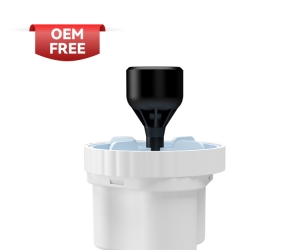Recently, at the 7th International Symposium on Environmental Arsenic held in Beijing, it was pointed out that arsenic pollution in Southeast Asia and Latin America is very serious. In addition, arsenic poisoning caused by drinking water pollution has occurred in developed countries such as Britain and the United States. Have you known about arsenic poison in the water for drinking? If not, you should read the artical carefully.

What harm does arsenic have on the human body?
At present, the World Health Organization (WHO) and the US Environmental Protection Agency (USEPA) have identified arsenic as a "known human carcinogen". The human body has been exposed to arsenic for a long time and can cause skin cancer, lung cancer, bladder cancer and liver cancer.
The recommended value for arsenic in groundwater given by the World Health Organization is 0.01 mg of arsenic per liter of water. If the groundwater for long-term drinking exceeds this value, it will cause harm.
Can arsenic in water be eliminated?
According to scientists, there are many methods for removing arsenic from clean water, including coagulation, ion exchange, biological, water filtration and adsorption. Among them, the adsorption method is the most widely used and most studied drinking water arsenic removal technology. The method utilizes physical, chemical, ion exchange and other mechanisms to adsorb dissolved arsenic poison in the water, thereby achieving the purpose of removing arsenic.

However, the elimination of arsenic contamination in water faces many technical challenges: First, arsenic changes shape with different redox conditions, resulting in the inability of conventional filtration techniques to effectively remove arsenic. Secondly, the biggest problem facing arsenic removal technology and methods is that the treated arsenic is prone to secondary pollution. In addition, if the new technology is too complicated or too costly to use and maintain, it is difficult to promote the application.




